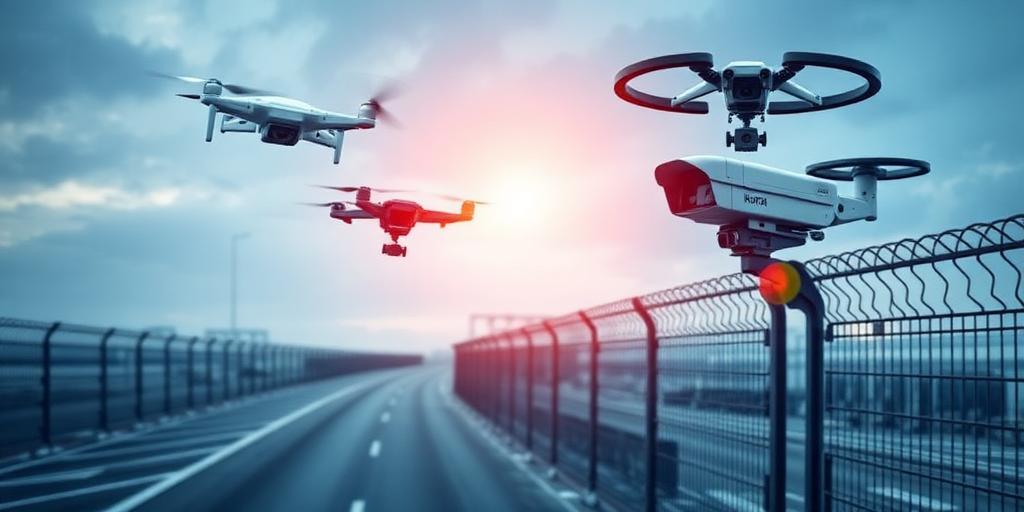Technology for Early Warning in Border Areas
Border areas often face unique challenges, including security threats, illegal activities, and humanitarian crises. Early warning systems are crucial for mitigating these risks and ensuring the safety and stability of these regions. Technology plays a pivotal role in enhancing the effectiveness of these systems.
The Importance of Early Warning Systems
Early warning systems provide timely and accurate information about potential threats, allowing authorities to take proactive measures. These systems can:
- Detect and prevent cross-border crime: Identifying patterns of illegal activities such as smuggling and human trafficking.
- Monitor and respond to security threats: Providing alerts about potential conflicts or incursions.
- Manage and mitigate natural disasters: Issuing warnings for floods, earthquakes, and other natural events.
- Address humanitarian crises: Identifying and responding to refugee flows and other humanitarian challenges.
Key Technologies for Early Warning
Several technologies are instrumental in modern early warning systems for border areas:
Surveillance Technologies:
- Drones: Unmanned aerial vehicles equipped with cameras and sensors can provide real-time surveillance of border areas, detecting unusual activities and potential threats.
- Satellite Imagery: High-resolution satellite images can be used to monitor border regions, identify changes in landscape, and track movements of people and vehicles.
- Sensor Networks: Deploying a network of sensors along the border can provide continuous monitoring of environmental conditions, seismic activity, and human presence.
Data Analytics and AI:
- Predictive Analytics: Analyzing historical data and current trends to predict potential threats and risks. This can help authorities allocate resources effectively and proactively address emerging issues.
- Machine Learning: Using machine learning algorithms to identify patterns and anomalies in large datasets, improving the accuracy and speed of threat detection.
Communication and Information Sharing:
- Secure Communication Networks: Establishing secure communication channels between different agencies and stakeholders to ensure timely and reliable information sharing.
- Data Integration Platforms: Integrating data from various sources into a centralized platform for comprehensive analysis and decision-making.
Case Studies and Examples
- The European Border and Coast Guard Agency (Frontex): Uses drones and satellite imagery to monitor the EU's external borders, detecting illegal activities and managing migration flows.
- The U.S. Customs and Border Protection (CBP): Employs a range of technologies, including sensors, cameras, and data analytics, to secure the U.S. borders and prevent illegal activities.
Challenges and Considerations
Despite the potential benefits, implementing technology-based early warning systems also presents several challenges:
- Privacy Concerns: Balancing the need for security with the protection of individual privacy rights.
- Data Security: Ensuring the security and integrity of data collected by surveillance technologies.
- Cost and Infrastructure: Addressing the high costs of deploying and maintaining advanced technologies in remote border areas.
Conclusion
Technology is transforming early warning systems in border areas, providing authorities with enhanced capabilities to detect, prevent, and respond to a wide range of threats and challenges. By leveraging surveillance technologies, data analytics, and secure communication networks, it is possible to create more effective and resilient border security systems. Addressing the challenges and considerations associated with these technologies is essential to ensure their responsible and sustainable implementation.









